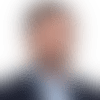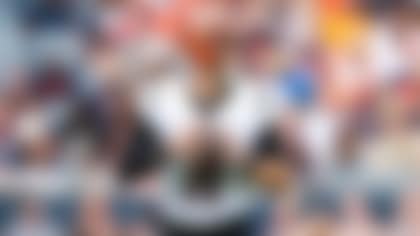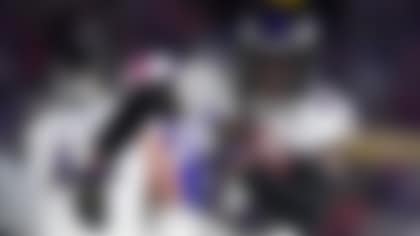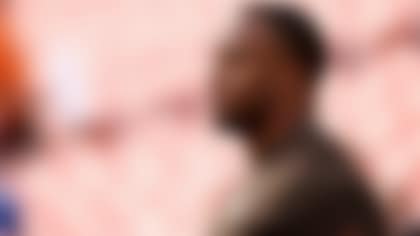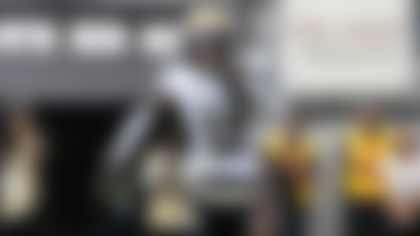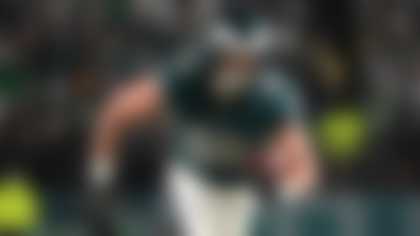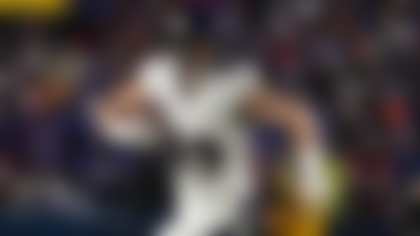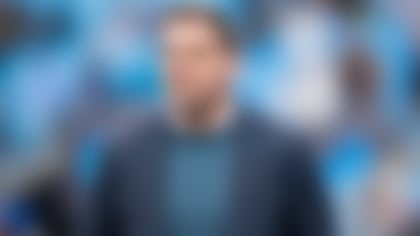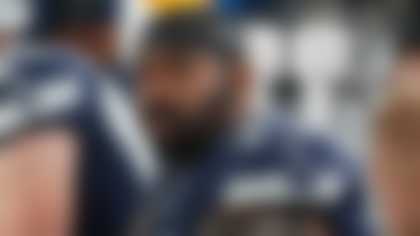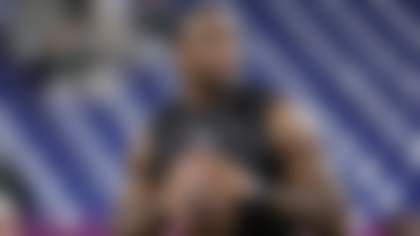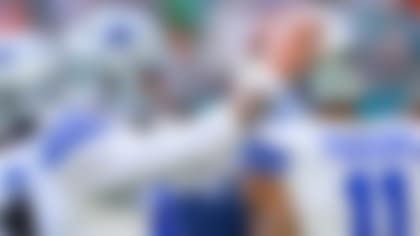The NFL's decision to broaden the helmet-hit rule, making an ejection possible on such a foul, has brought out critics complaining that the league is becoming soft.
One prominent coach disagrees with the notion that taking out helmet hits will remove the physical nature of a brutal sport: New Orleans Saints coach Sean Payton, a member of the NFL's competition committee that recommended the rule change.
"I think we'll see it have a great effect on one element of this helmet [issue] in how we want the game to be played," Payton said, via the Washington Post. "I think you'll still see the physicality. This is the one posture [that's affected] -- we'll remove it."
Not all current and former players see the change that way.
Exhibit A:
NFL Commissioner Roger Goodell said Wednesday that coaches were heavily involved in the decision to potentially eject players who lower their heads and make initial contact with the crown of the helmet when making a tackle. Payton noted that the ability to use replay to confirm an ejection aided coaches' comfort level with the process.
"Everyone really felt like this was a necessary step, something that after really hearing the experts talk that we can clearly identify and point to the officials as to how to see this -- and then our ability to confirm it in New York if there is an ejection," Payton said.
The NFL took its strongest step toward taking the helmet out of hitting by increasing the penalty for dangerous and potentially career-threatening plays.
"When you look at some of the older guys that played this game and the condition that they're in now -- what it is, it's to protect some of these guys [current players] from when they get older going through the same thing," former Redskins quarterback Doug Williams told The Post.
The next step is educating players, coaches and fans on which hits will lead to ejections and which will not. Until the NFL provides that information, prognosticating the expanded rule's influence remains conjecture.
